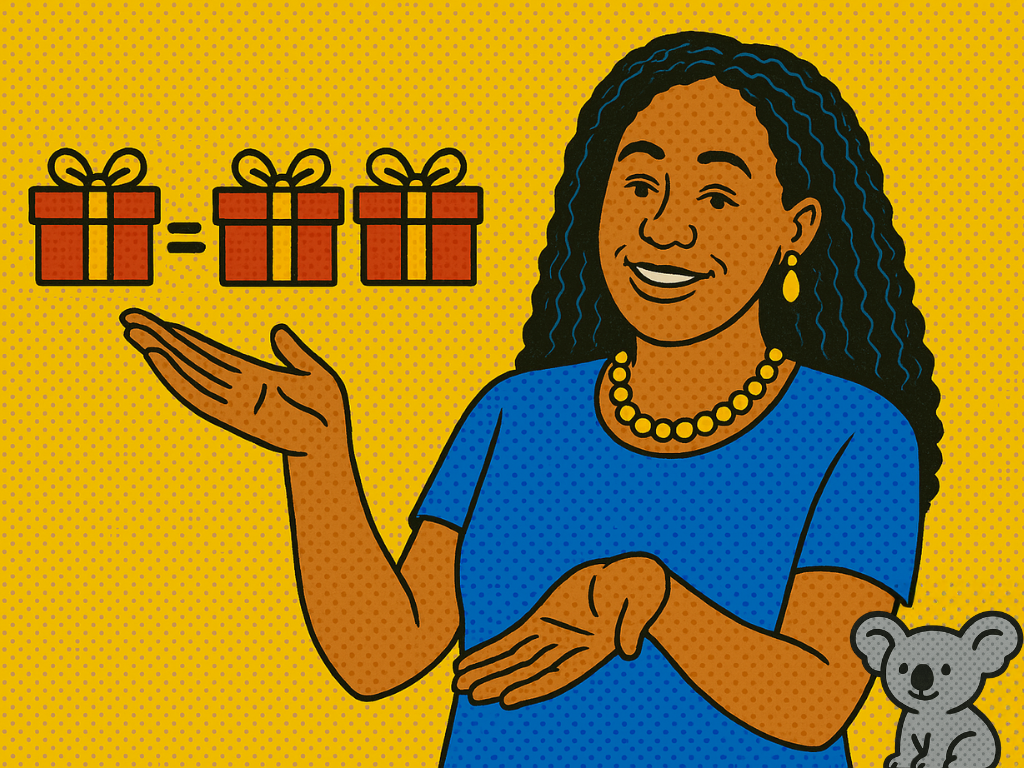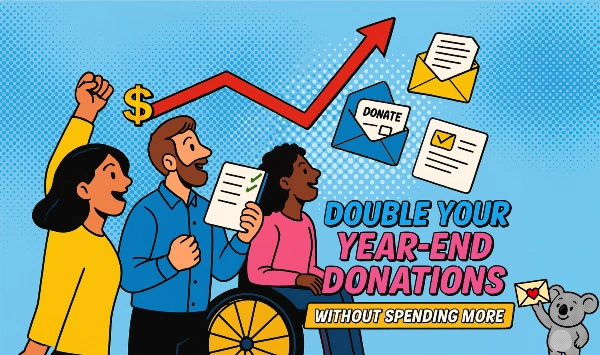The magic of matching funds fundraising can’t happen if you don’t have matching funds to work with.
In fact, many fundraisers never use matching funds because they believe they don’t have access to matching funds.
Good news: You don’t have to wait for matching funds to fall out of the sky.
You can go out and get them yourself.
Matching funds were invented by institutional funders – foundations, corporations, governments. The purpose was to encourage nonprofits to raise support from the community. So the deal was something like this: We’ll give you this sum if you raise the same amount yourself.
The deal typically included this: If the nonprofit did not raise their part of the money, they would not get the funding at all. This created an extra-urgent situation: Donors would have their impacted doubled by the match – but there was also the possibility of losing the whole thing.
I wasn’t there, but I imagine nonprofits with this situation at play found that it helped them raise more than the usual amount of funds.
A powerful fundraising offer was born!
That deal from institutional funders sometimes still comes up. But it’s rare. In my many years helping nonprofits raise money, I’ve only seen it a handful of times.
The rest of the time, matching funds work slightly differently. There’s no threat of losing the match. There’s only the upside (for donors) of “doubling” the impact of their donation. The matcher rarely wants to make their part of the donation conditional. If you don’t raise the match amount, their original gift is still yours to keep.
What this means: This kind of non-conditional match is symbolic. It’s basically a funder saying, “I agree to call this donation a match that you can go to other donors with.”
That’s all you need to do, really: Ask a donor to agree to some version of the above sentence. To agree to the symbolism for the good of the cause. Most donors are more than happy to do so.
Some people in nonprofits see these non-conditional matches as “not real.” And thus somehow not ethical.
Which is unfortunate. If you have a problem with “symbolic” transactions, you should have a problem with the very idea of money. Money is pure symbolism that most of us agree to honor as if it’s “real.”
If you have leaders who put this roadblock in front of your fundraising, you should see if you can persuade them to the power of people agreeing to symbolic acts. Like matching funds. And money in general.
But this is what brings us the good news about getting matching funds in a time when traditional, conditional matches are rare. All you need to find are donors willing to agree to the deal: My donation will be symbolically matched with other donors’ gifts. That will raise more money for the cause I care about!
You’ll rarely encounter donors of any kind who don’t want to do that.
You can go to any donor with a proposal of their donation being a match. You can even ask them after the fact: “That generous donation you gave last week – would you be willing to agree that it’s a match?”
What they need to know:
- Even if we can’t fully match your amount, we don’t plan to refund it to you. Your donation is your donation either way. It is a completely normal donation in every way.
- You can be anonymous or we can name you. Whatever you prefer.
So here are some of the people who can approach:
Individual Major Donors. It can be one donor or a group where you pool their donations as a matching fund. I’ve had great success with direct mail (usually to midvalue donors) that had “be the match” as the call to action. It’s powerful!
Your Board. Creating a match is a great way to activate a board. They love this deal!
Institutional funders. Like the folks who created the old conditional match in the first place.
Businesses. They often love being matchers. It elevates their profile. (They are likely to want to be named as the matcher.)
Surveys. Here’s a surprise: If you have a donor survey, include a question that says something like this: “We are about to launch a major campaign to [short description of a major project]. We are looking for people to make lead donations to create a matching fund that will encourage more people to give.” The answer choices should be:
- Yes, I’d love to do this.
- I’m interested. Tell me more.
- Maybe at some other time.
- No thank you.
You then go to the first two groups and remind them of their answer to the question, and give them a chance to make that donation now. This typically gets very powerful response rates.
The great thing is, you can get matching funds almost anywhere you can find givers willing to go with the symbolic match. It’s very rare that funders say no.
So go out there and get some matching funds!
Your critical year-end fundraising is just around the corner. How’d you like to DOUBLE your income from that campaign? Find out how at our all-new webinar, Double Your Year-End Donations Without Spending More. Sean Triner will lay out the complete plan that can dramatically boost your income this year!
Please share your experience by leaving your reply below. We’d love to learn from your experience.











